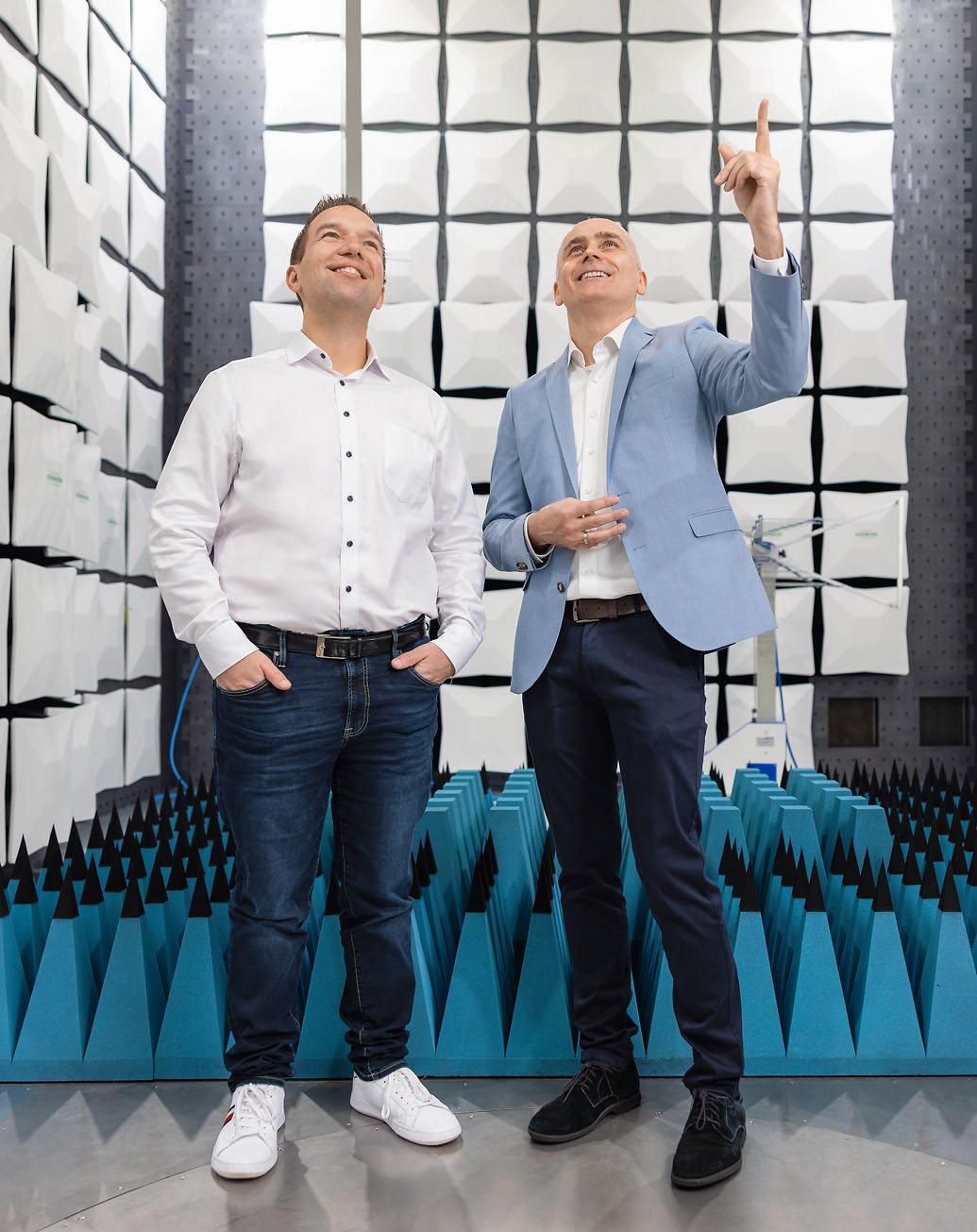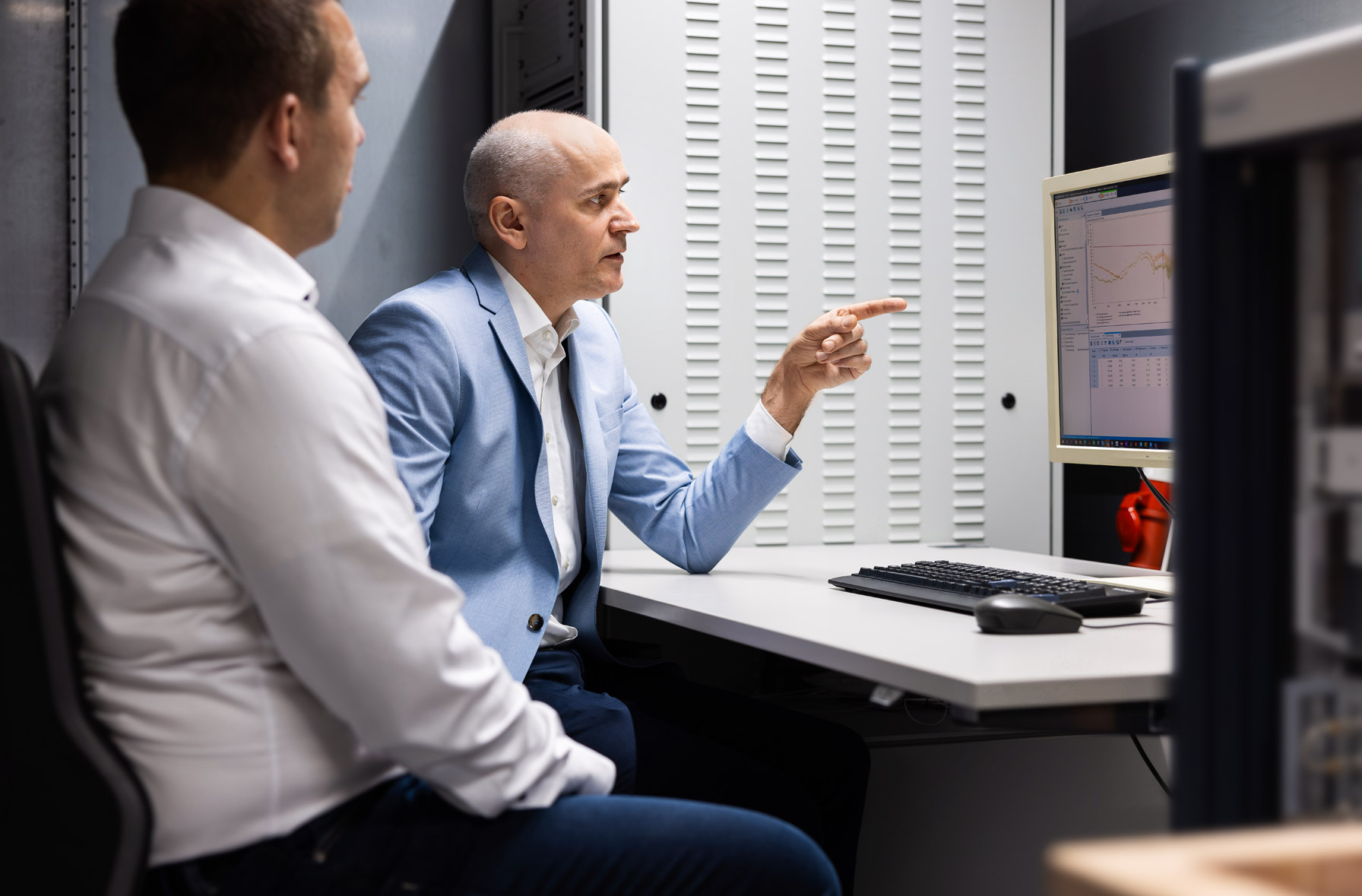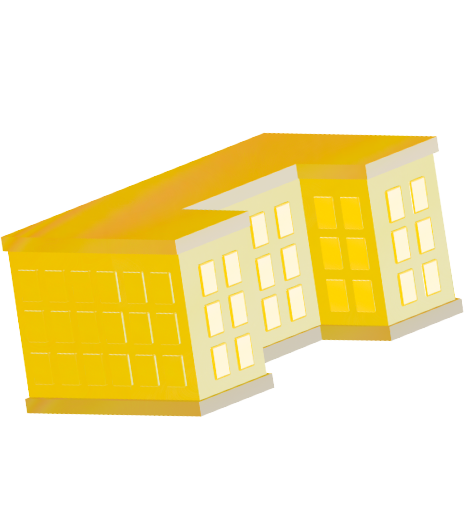VORWERK uses tracking technologies from various providers
This site uses third party website tracking technologies to provide and continuously improve its services and display advertisements according to users' interests. Our cookie banner allows users to choose between two options. Until he confirms the banner, the scripts for statistics and marketing cookies will not be executed.
Functional – Basic website functions require this cookie, it is needed and cannot be deselected.
Statistics – Tracking services for the collection of user statistics - primarily Matomo.



















 Fullscreen
Fullscreen Close
Close


 Download
Download